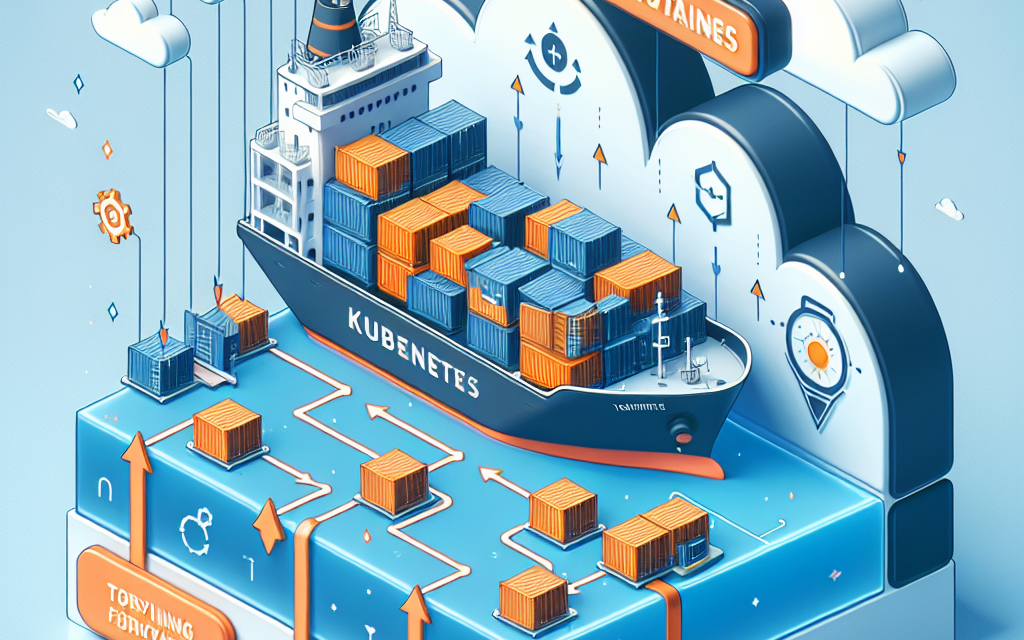In the realm of container orchestration, Kubernetes has emerged as a leading platform, enabling developers to automate deployment, scaling, and management of containerized applications. As organizations increasingly adopt cloud-native applications, understanding the various components of Kubernetes becomes essential. One of these integral components is Init Containers.
What are Init Containers?
Init Containers are specialized containers that run before the main application containers in a Pod. They have several critical roles in the Kubernetes workflow and are particularly useful for tasks that need to be accomplished before the primary application starts. Unlike regular containers, Init Containers are designed to complete their tasks and exit. Once all Init Containers in a Pod have successfully completed, the Kubernetes system then starts the application containers.
Key Characteristics of Init Containers
-
Sequential Execution: Init Containers run in sequential order, meaning each container must complete successfully before the next one begins. This ensures that dependencies are respected and that necessary setup tasks are completed before the main application runs.
-
Isolation: Init Containers are isolated from application containers in terms of filesystem and network namespaces. They can have different images, software dependencies, and can run different commands, allowing for tailored environments for initialization tasks.
-
Configuration Flexibility: You can specify Init Containers in your Pod definition alongside regular containers. Kubernetes allows the use of multiple Init Containers, giving developers the flexibility to perform complex setups if required.
- Retry Mechanism: If an Init Container fails, Kubernetes will restart the Pod and attempt to run the Init Container again, giving it a chance to succeed before moving on.
Common Use Cases for Init Containers
Init Containers serve various purposes in Kubernetes workflows:
-
Configuration and Initialization: Init Containers can be used to load configuration files, set up default data in volumes, or prepare external systems for use by the main application. For example, they can pull secrets from secure storage and write them to a location accessible to the application containers.
-
Pre-Checks: Before an application starts, Init Containers can check whether required services are up and running or check connectivity to databases, APIs, or other dependencies that the application requires.
-
Database Migrations: For applications relying on databases, Init Containers can handle migrations or schema updates that are necessary before the application can function correctly.
-
Cleaning Up Resources: Init Containers can also be used to clean up any leftover resources or temporary files from previous application runs, ensuring that the application starts in a clean state.
- Setting Up Volumes: Init Containers can populate empty directories before the main application starts, ensuring that the application has the necessary files and structure available at startup.
Best Practices When Using Init Containers
-
Keep Them Lightweight: Since Init Containers run sequentially and can impact the startup time of your application, keep them lightweight and ensure they do the minimum work necessary for initialization.
-
Manage Timeouts: Be mindful of the time it takes for Init Containers to complete. Kubernetes has default timeouts for Init Containers, and long-running tasks can lead to failures. Setting appropriate timeouts and managing retries effectively can help avoid unnecessary disruptions.
-
Log Initialization Steps: Since Init Containers may perform critical setup tasks, ensure that adequate logging is put in place. This will help in debugging any issues that arise at startup, providing visibility into what tasks were executed and the success or failure of each.
- Use Health Probes on Init Containers: Although Init Containers are not long-lived, employing readiness and liveness probes can provide insights into their health and readiness to improve overall application stability.
Conclusion
Init Containers play a valuable role in Kubernetes workflows, providing an effective mechanism to prepare the environment for applications through initialization tasks. They enhance the flexibility and reliability of deploying applications in cloud-native environments. Understanding and utilizing Init Containers can significantly improve the robustness and efficiency of Kubernetes deployments, ensuring that your applications start with the correct context and necessary configuration. As you embrace Kubernetes for your cloud-native applications, integrating Init Containers into your workflow can provide a critical advantage, paving the way for smoother and more reliable deployments.
About WafaTech
WafaTech is dedicated to helping businesses understand and implement cutting-edge technology solutions. Through insightful content and resources, we aim to empower organizations to leverage cloud computing, DevOps practices, and other contemporary technological advancements. Explore our blog for more tips and insights on Kubernetes and related technologies!





